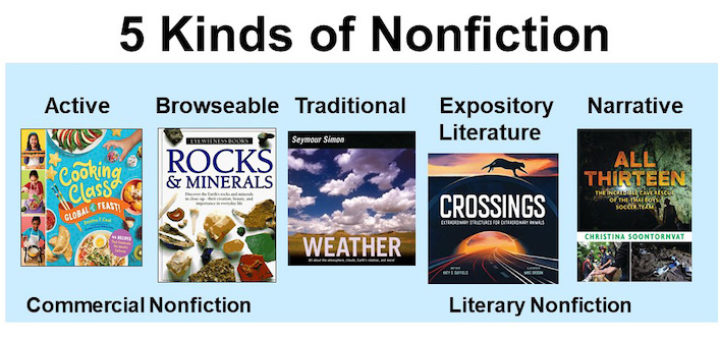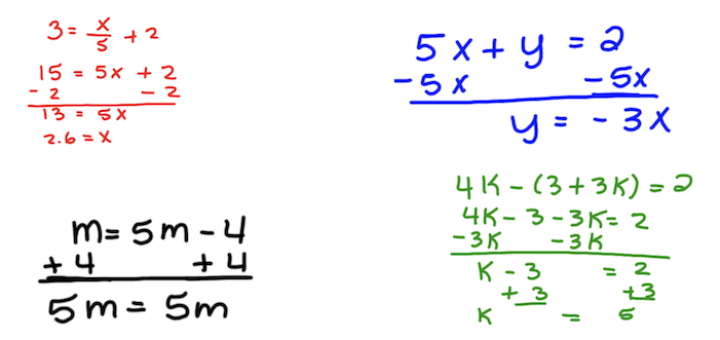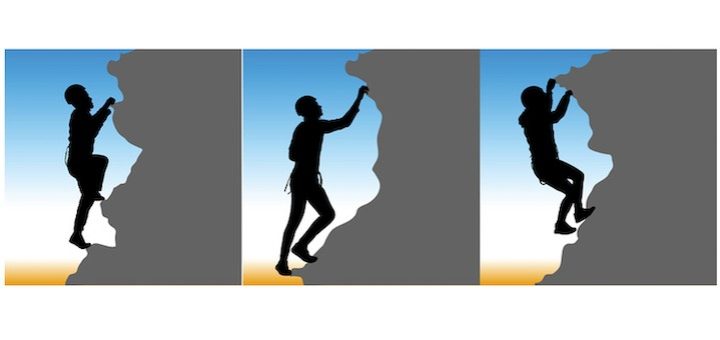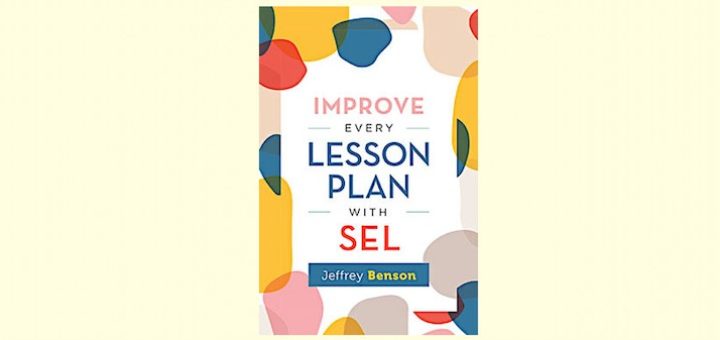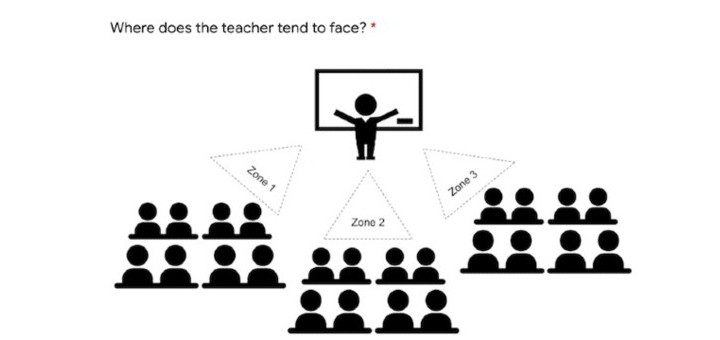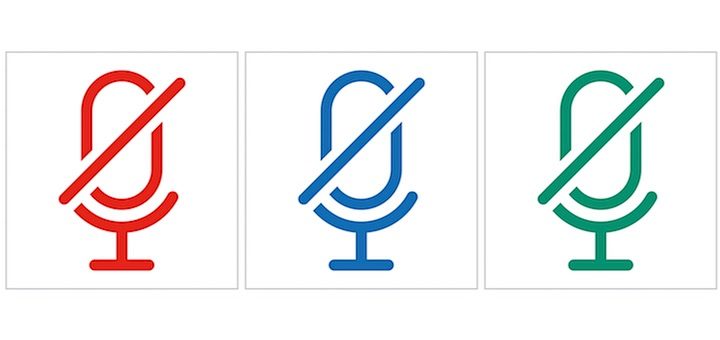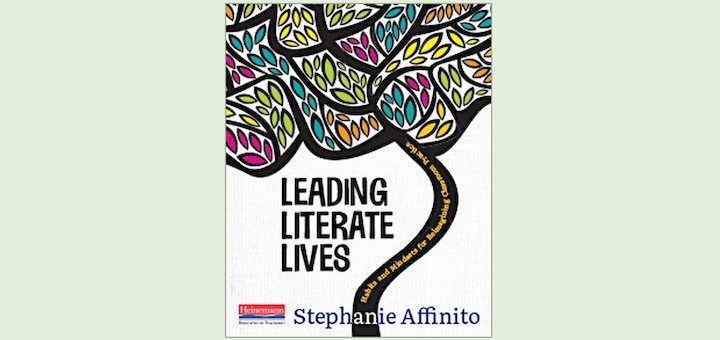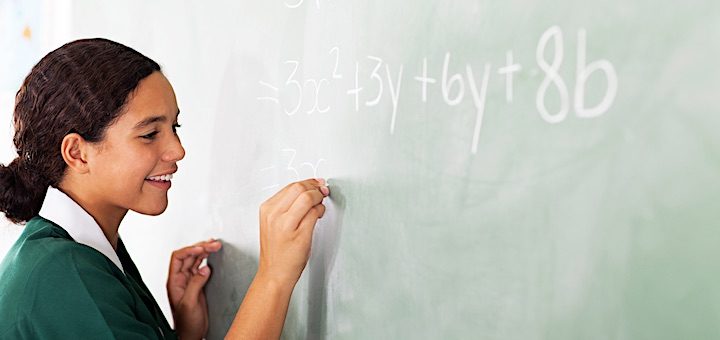Teaching and learning in grades 4-8
Teachers across the curriculum will welcome this post by nonfiction expert Marlene Correia and Melissa Stewart, author of 180+ nonfiction books for kids. Learn why the five categories of children’s nonfiction they identify not only excite and engage but are what many students say they want to read most.
Michelle Russell’s math students were eager to learn as this school year began but found the mechanics of solving equations more challenging than Michelle’s pre-Covid classes. After research and talk with colleagues, she’s trying several strategies to give kids the grounding they need.
We may believe our students who are struggling – whether they have special needs, are English learners or are otherwise challenged – simply cannot learn at high levels. By exploring the meaning of educational “rigor,” Barbara Blackburn and Bradley Witzel show how they can.
“Improve Every Lesson Plan with SEL” shows us how – through intentional, deliberate and embedded instruction, including differentiation and choice – teachers can assure all students gain the explicit and implicit SEL skills they need, writes middle level leader Todd Brist.
Curtis Chandler looks into implicit bias, the unconscious stereotypes that drive each of us, including educators, to behave and make decisions in certain ways. He shares a Teacher Tracker Tool that can help uncover patterns and make sure we treat all students fairly.
Dina Strasser’s mute button moment hooks us into a reflection on student interruptions and their cultural roots. Consider this: How do we balance middle level kids’ natural tendency to run over each other verbally with their eager desire to engage in what we’re teaching?
To help middle graders learn and practice social and emotional skills, teacher and Director of Studies Kasey Short offers ways to incorporate SEL across the content areas, from considering the motivations of historical figures to creating reality-based math word problems.
In Leading Literate Lives Stephanie Affinito strikes the perfect balance between encouraging reflective pedagogy and sharing fresh teaching ideas for reading and writing so teachers can pass the love they have for literacy on to students, writes ELA teacher Rebecca Crockett.
Does email steal your time? Your problem isn’t so much about having too many. It’s that they’re in the wrong places. Use these tips from educator and digital organization expert Frank Buck to unmask your email time bandits and make your inbox tidy and surprisingly sparse.
Teachers can capitalize on what our students already know and can do by purposely choosing to employ the independent “You do” phase of the gradual release of responsibility (GRR) at the start. Sunday Cummins and Julie Webb show how this strategy can build student agency.

